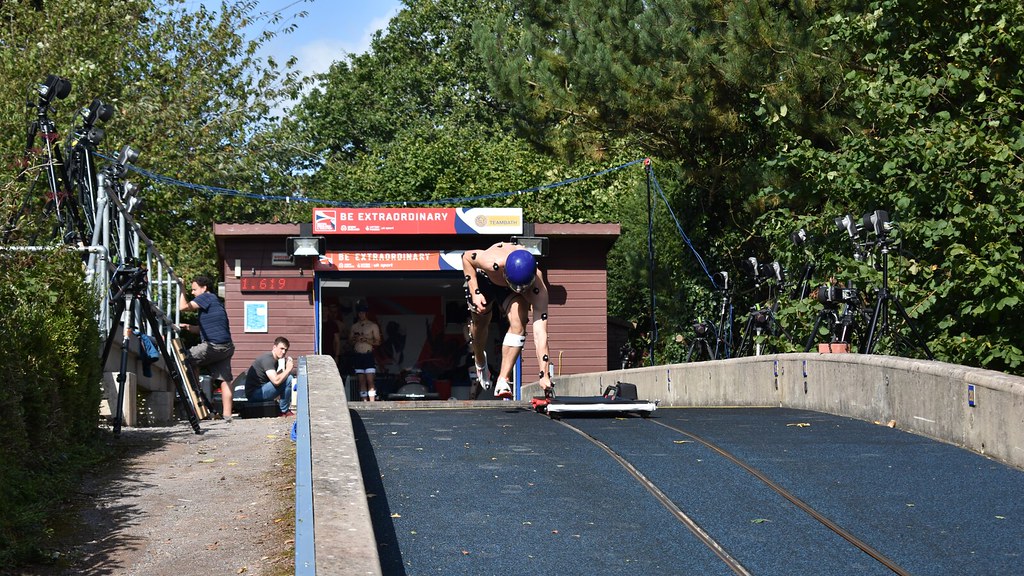
Traditional motion capture may conjure up visions of Lycra suits and green screens, but a team from our Centre for the Analysis of Motion, Entertainment Research and Applications (CAMERA) have developed a new, non-invasive technique that can be applied to real-world training environments. This could offer coaches detailed insight into how their athletes are performing, in a sport where even a few milliseconds can make the difference between podium positions.
“Our latest system allows us to break out of the laboratory and take biomechanics into the wild,” says Dr Laurie Needham, a research fellow at Bath’s Department for Health. “We now have a tool for coaches to monitor technique where traditional motion capture approaches may not be applicable.”
In addition to their partnership with British Skeleton, CAMERA researchers are working on projects to create assistive technology for people with disabilities, improve prosthetics and measure physical function.